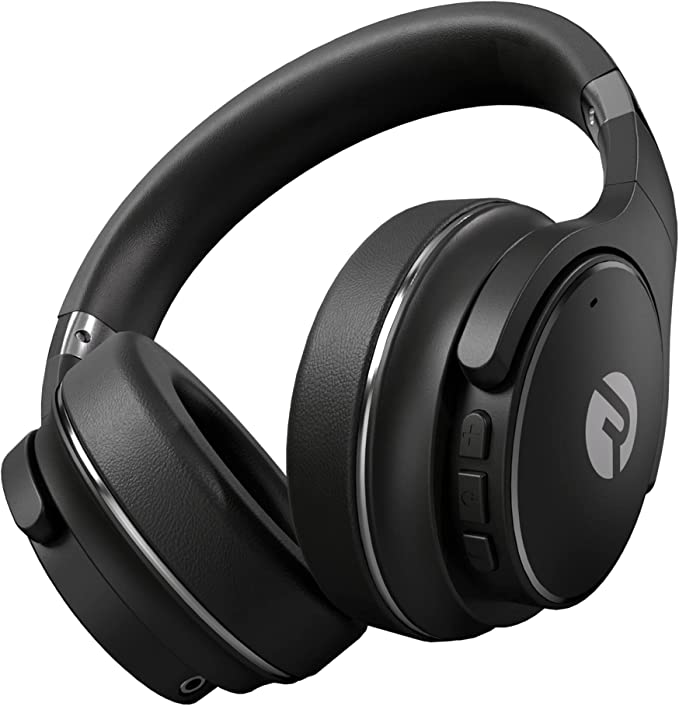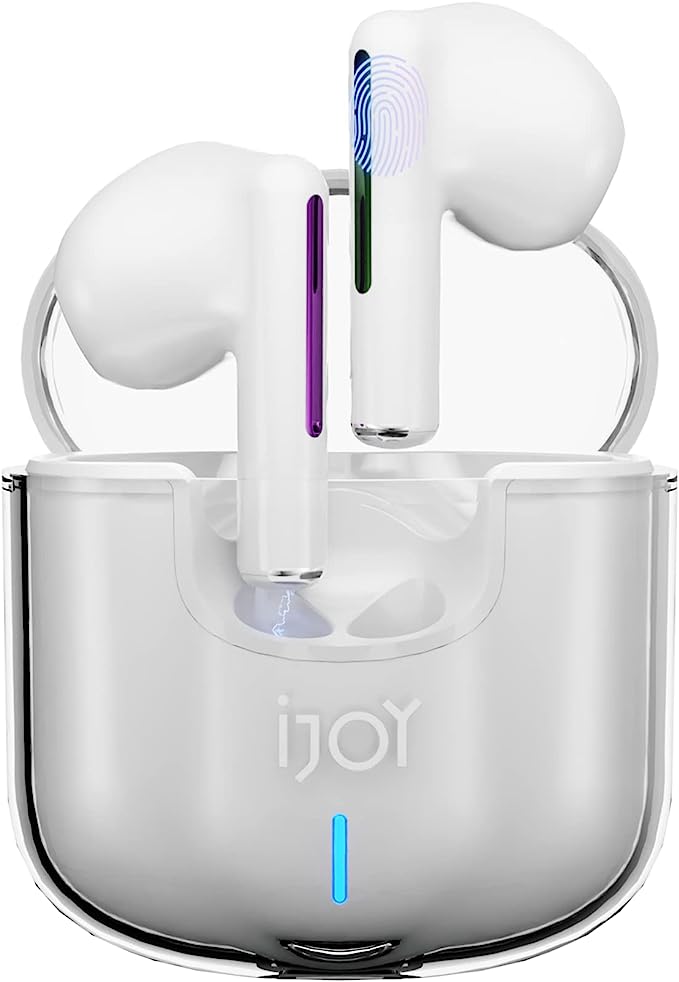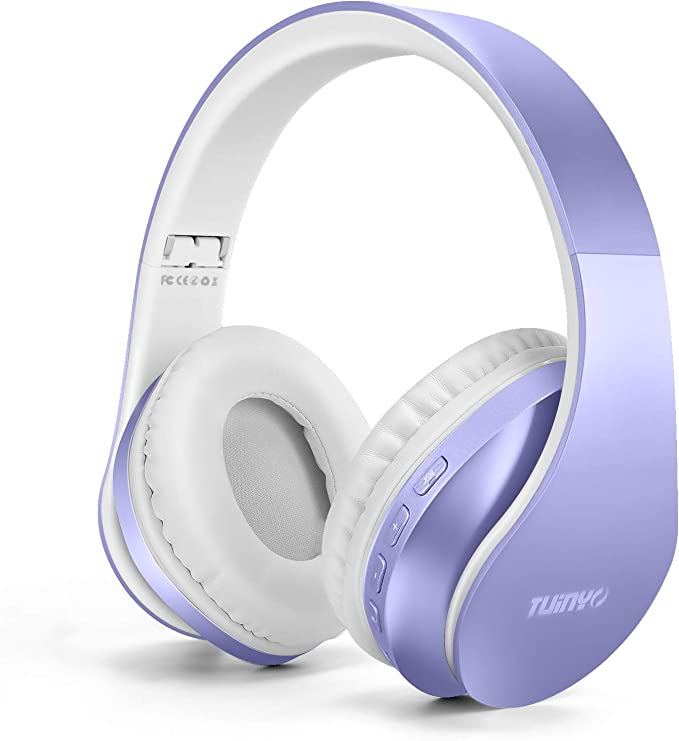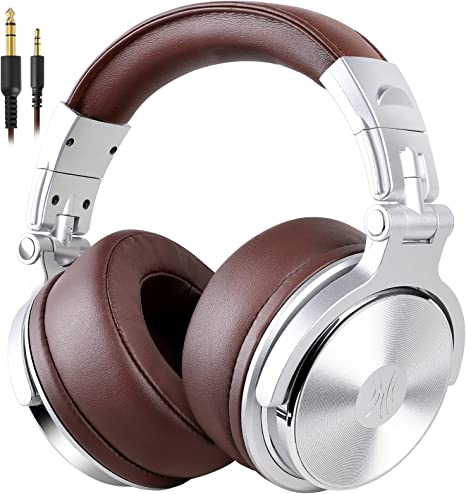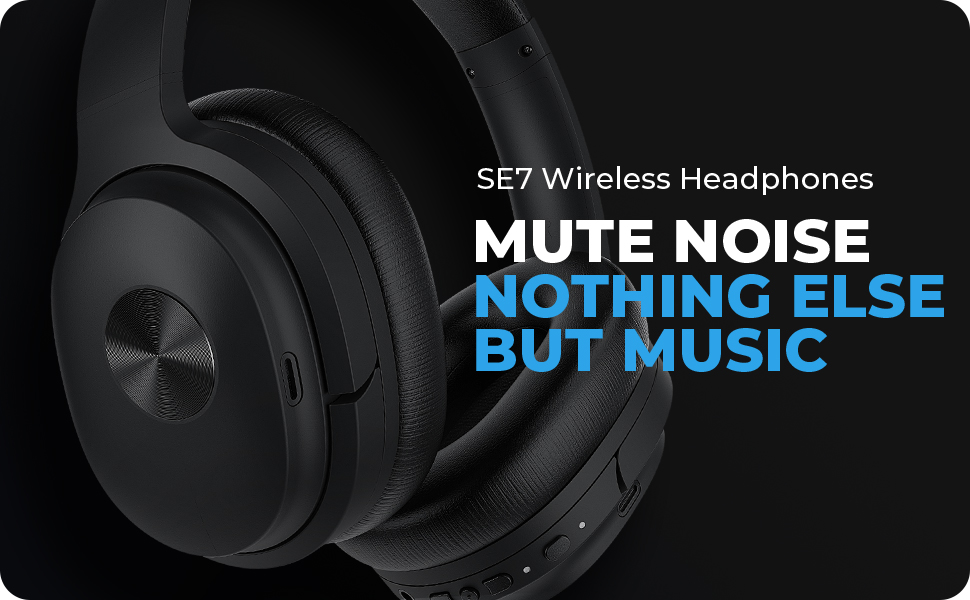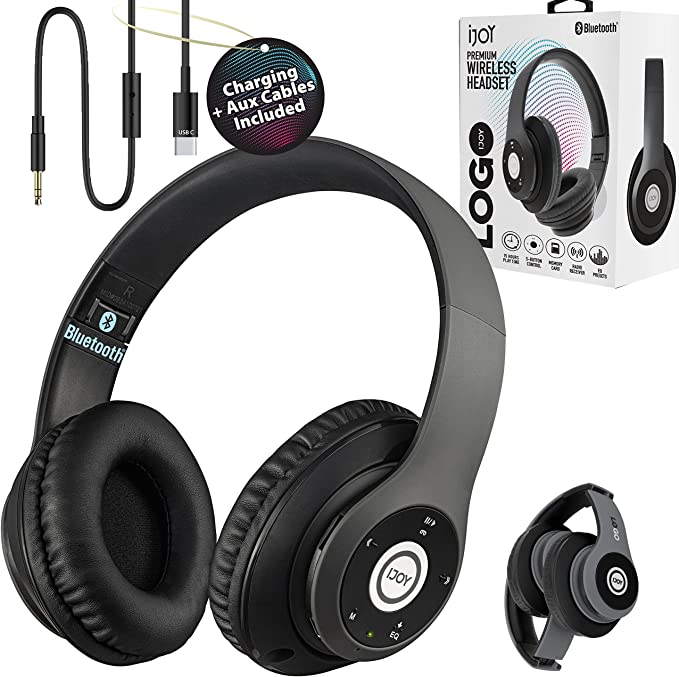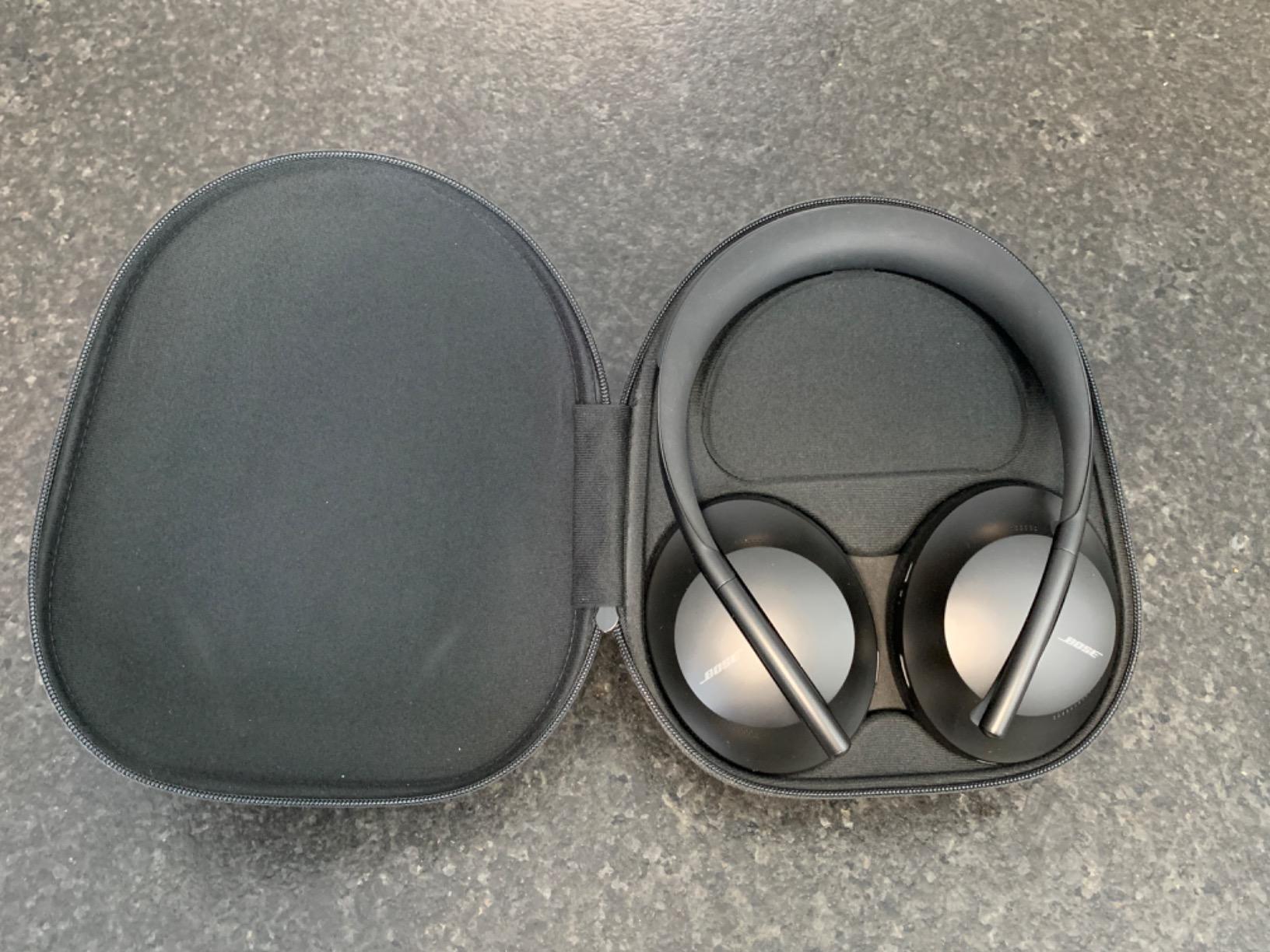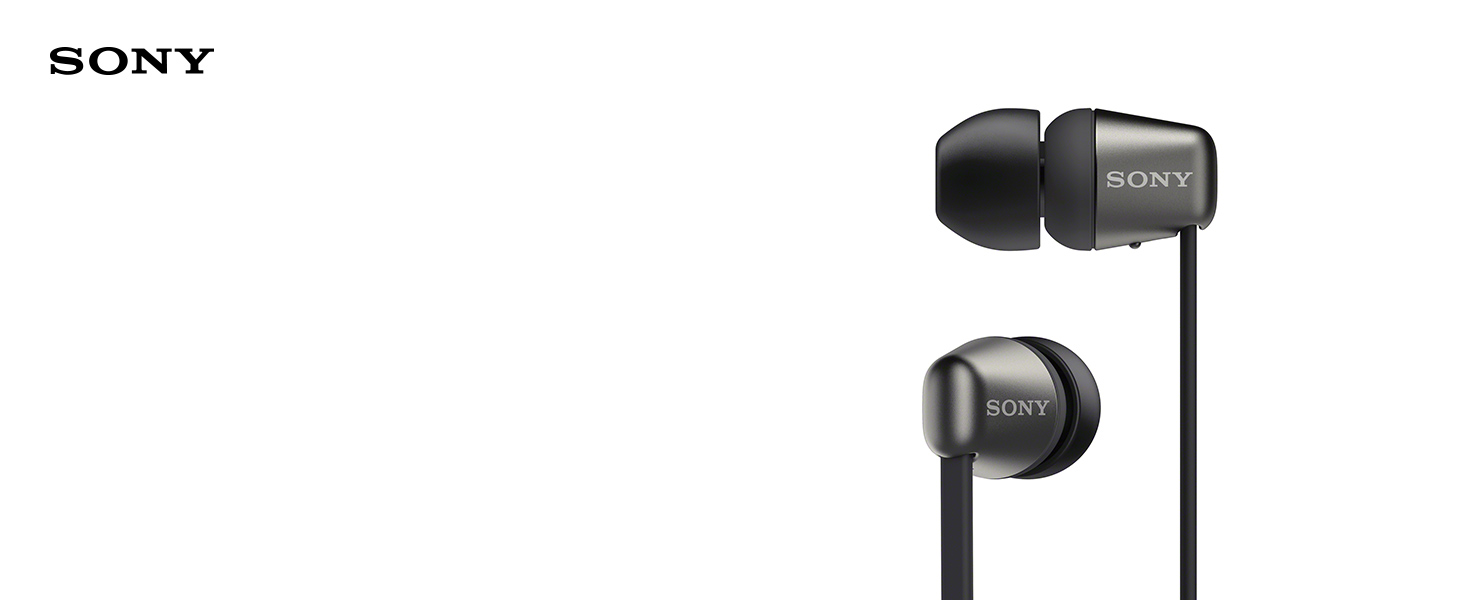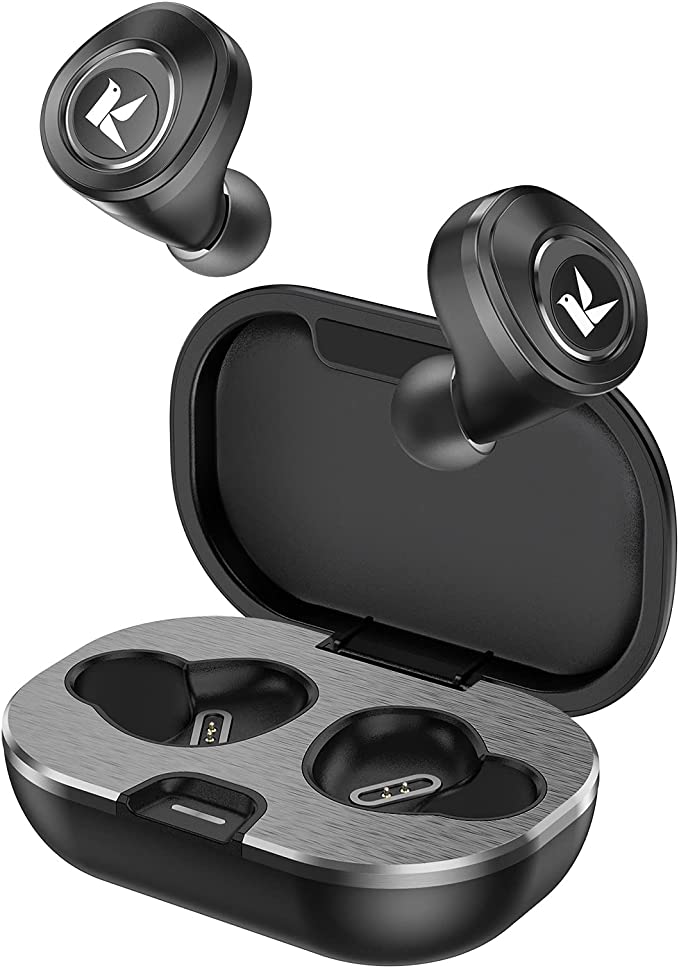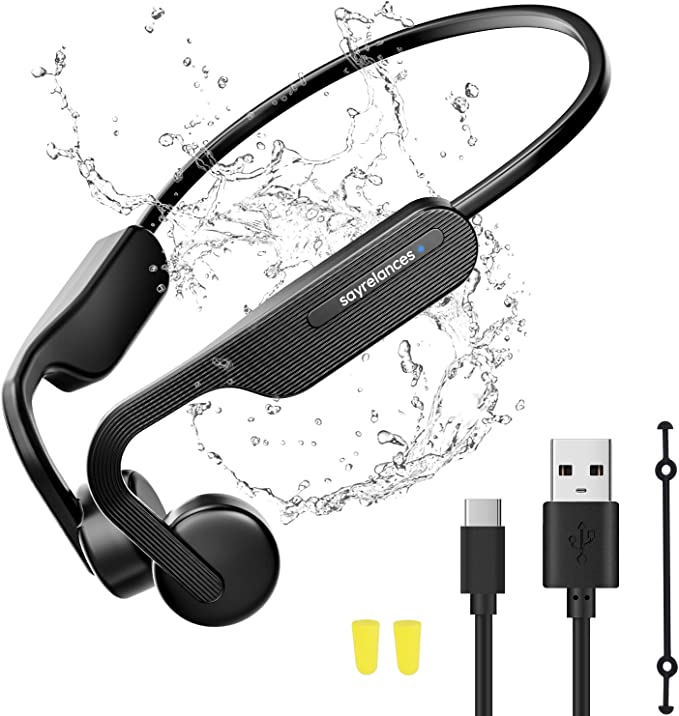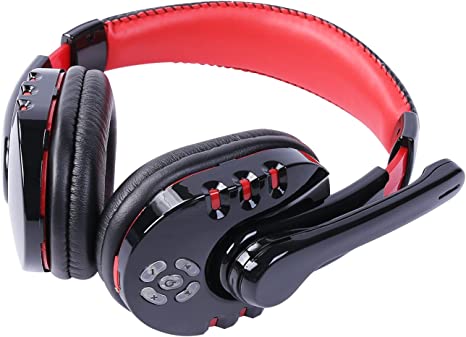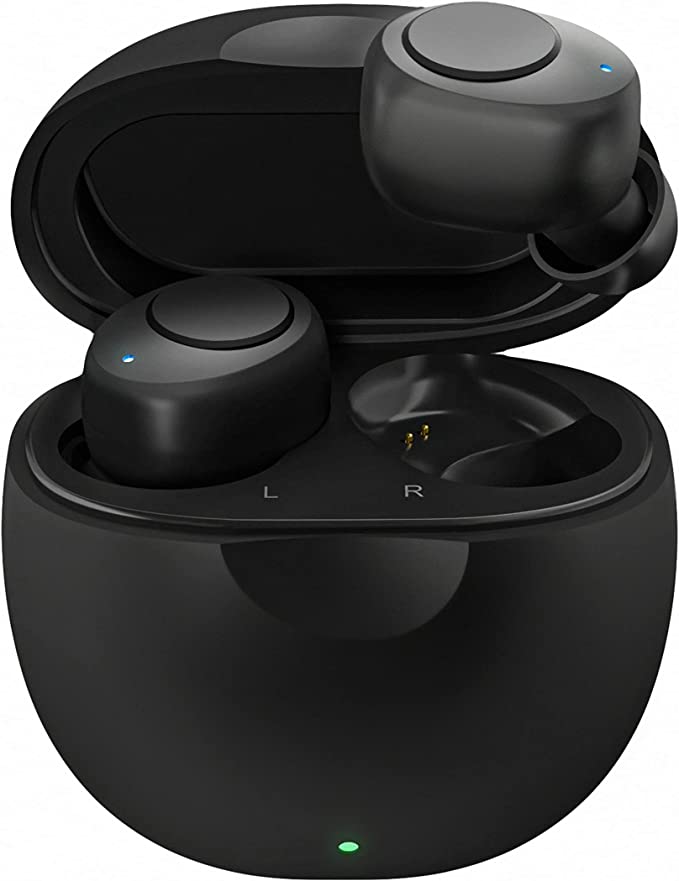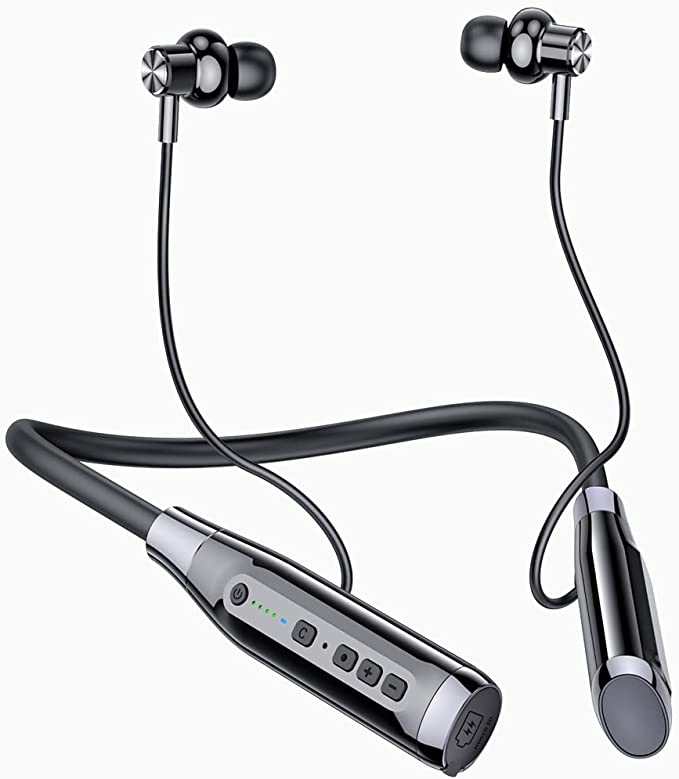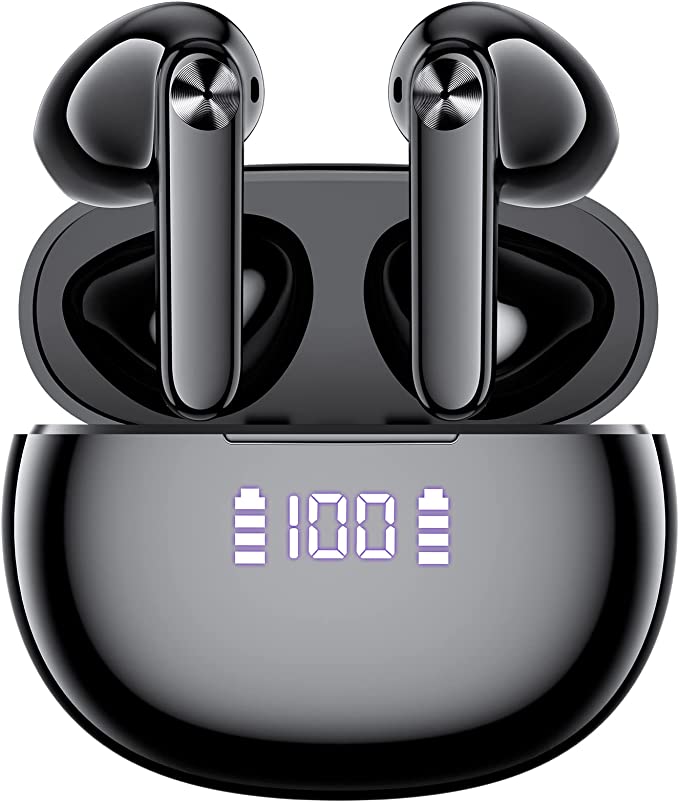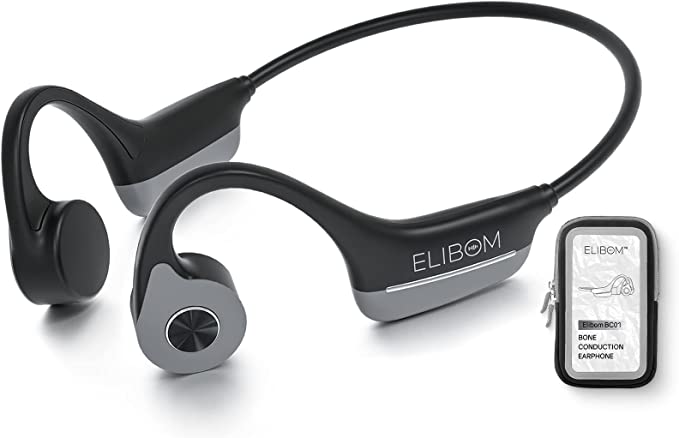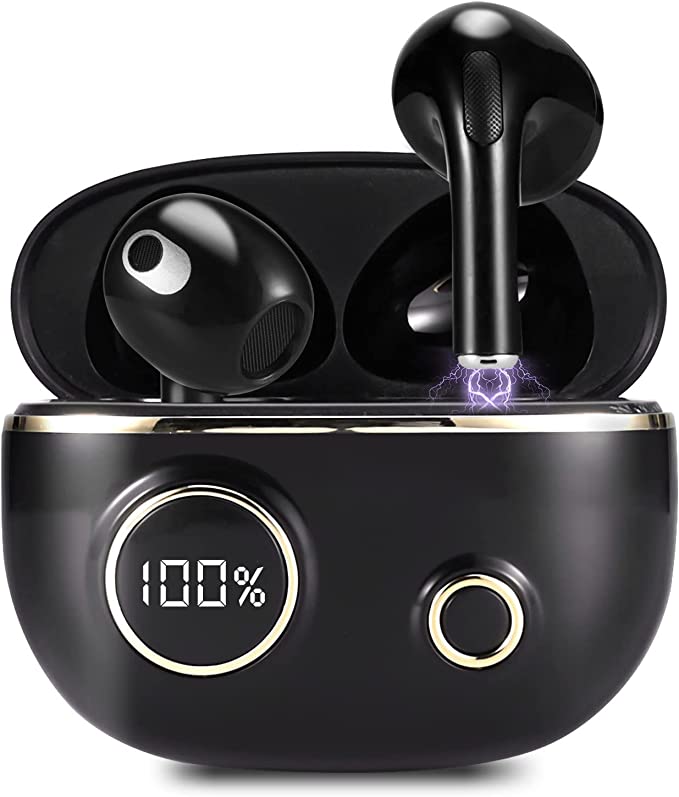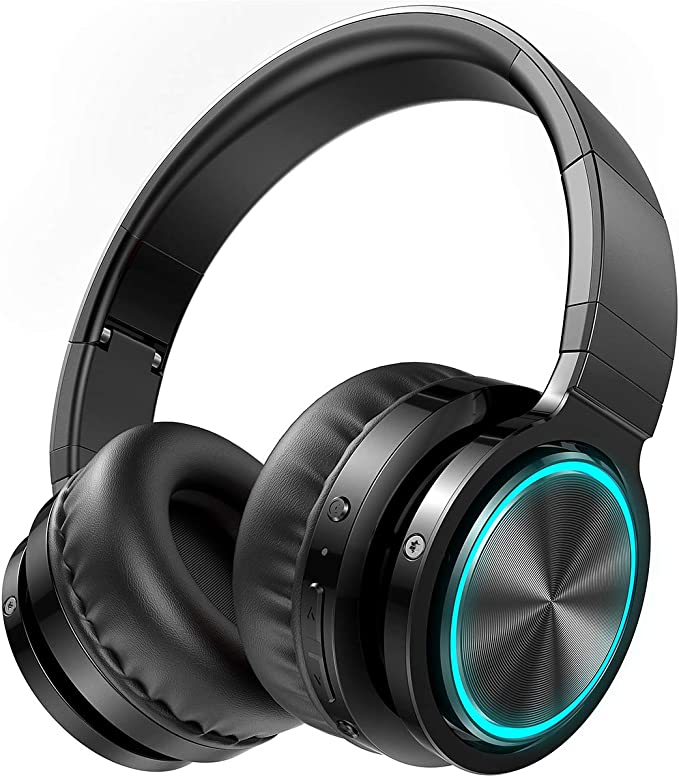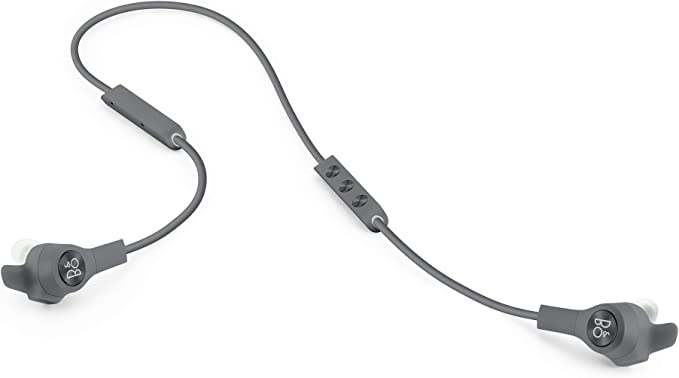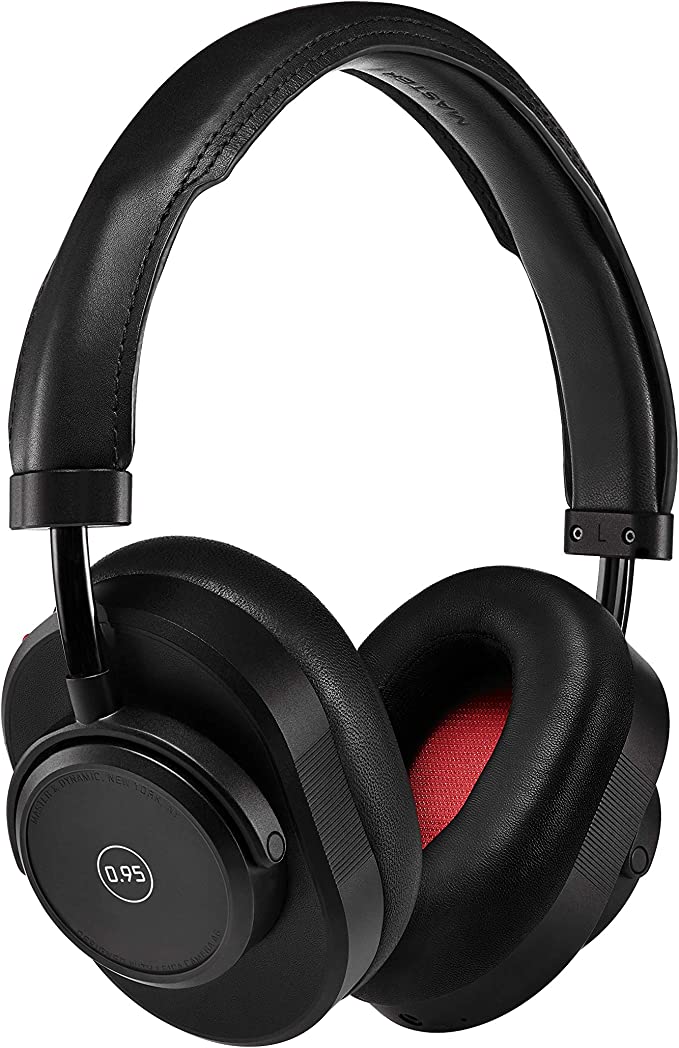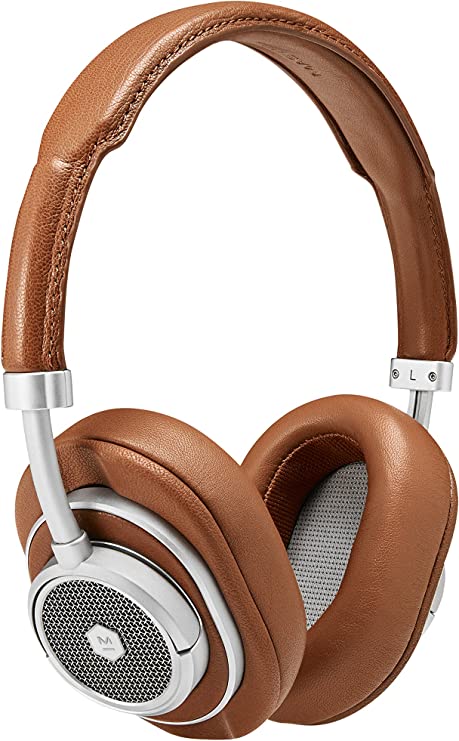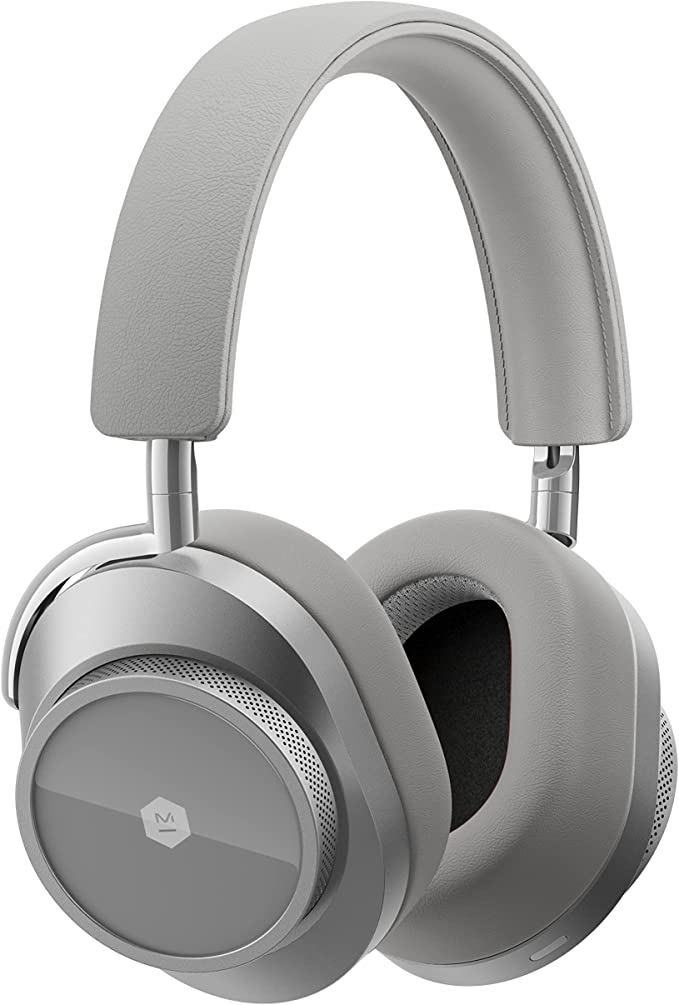iJoy IJHP21 Ultra Wireless Headphones: The Science of Everyday Audio Immersion and Comfort
Update on May 21, 2025, 9:55 a.m.
In a world saturated with sound, headphones have become our personal sanctuaries, our companions in commutes, concentration, and connection. We slip them on, press play, and are instantly transported. But have you ever paused to consider the intricate dance of physics, material science, and electronics that makes this everyday magic possible? Even a seemingly straightforward pair like the iJoy IJHP21 Ultra Wireless Headphones is a miniature marvel of engineering. Let’s peel back the layers and explore the fascinating science that shapes your listening experience.

The Embrace of Sound: Engineering Comfort for Marathon Listening Sessions
The first promise of any good listening experience, especially one that might last for hours, is comfort. The iJoy Ultra headphones, with their over-ear design, immediately signal an intention towards this. Known in engineering circles as a “circumaural” design, this means the earcups are designed to completely encircle your ears, resting on the relatively less sensitive areas of your head around the pinna (the visible part of your ear). Why is this significant? It’s all about ergonomics and pressure distribution.
Imagine the difference between perching on a narrow stool versus sinking into a well-cushioned armchair. On-ear headphones can sometimes feel like that stool, concentrating pressure directly onto your ear cartilage, which can lead to discomfort over time. The over-ear approach of the iJoy Ultra aims to be more like that armchair. By spreading the clamping force and the headphone’s weight (a modest 8 ounces, according to product data) over a larger surface area, the pressure at any single point is reduced. This is crucial for those long playlists, extended gaming sessions, or even just getting through a workday with your favorite podcast. The product description mentions “unparalleled comfort” and “soft padding on both the ear cushions and headband,” and indeed, user accounts often highlight the ability to “wear [them] for extended periods without any discomfort or strain.”
The “premium cushion padding” itself is a nod to material science. While the exact composition isn’t specified, such padding in consumer headphones often involves viscoelastic foams, sometimes known as memory foam. These materials have a fascinating property: they deform under pressure to conform to unique shapes (like the contours around your ears) and then slowly return to their original form. This adaptability not only enhances the seal for sound isolation – which we’ll get to – but also minimizes those pesky pressure hot-spots. The covering material, typically a soft synthetic leather or fabric, also plays a role in tactile comfort and, ideally, allows for some breathability to reduce heat buildup during those “marathon listening sessions.” A snug fit, as some users note, can also contribute to stability, meaning the headphones stay put whether you’re commuting or engaged in light exercise.

Building Your Sonic Bubble: The Physics of Passive Noise Isolation
Once comfort is established, the next step is creating an immersive soundscape. The iJoy Ultra headphones are “engineered to block out external noise,” a feat achieved through passive noise isolation. This isn’t the electronic wizardry of Active Noise Cancellation (ANC), which uses microphones to detect ambient sound and generate “anti-noise” to cancel it out. Instead, passive isolation is about clever physical design, relying on fundamental principles of acoustics.
Think of it like soundproofing a room, but on a much smaller scale. Sound travels in waves, and these waves can be blocked, absorbed, or dampened. The effectiveness of passive noise isolation hinges on two main factors:
- The Seal: The primary defense is the seal created by the over-ear earcups and their cushions against your head. A snug, encompassing fit, like that provided by the iJoy Ultra’s design, forms a physical barrier that makes it harder for external sound waves, particularly mid to high-frequency sounds (like chatter or the clatter of a keyboard), to reach your eardrums directly. This is why the conforming nature of the cushion material is so important – it helps to close any tiny gaps that sound could otherwise sneak through.
- Material Properties: The materials of the earcups and padding themselves contribute by absorbing and dampening sound energy that does make contact. Denser materials in the earcup housing can help reflect some sound, while the softer, porous nature of the foam in the cushions can absorb sound wave energy, converting it into a minuscule amount of heat.
While it might not silence the roar of a jet engine like high-end ANC headphones, effective passive isolation, as found in the iJoy Ultra, can significantly reduce the intrusion of everyday environmental noise. Users have reported that these headphones helped “cancel out the plane noise” (likely the higher frequency components of it) and were surprised at how much ambient sound was cut down, allowing them to “fully immerse” themselves in their music without having to crank up the volume to potentially damaging levels. This creates your personal “sonic bubble,” a quieter backdrop against which your audio can truly shine.

The Freedom of Wireless: Understanding Bluetooth and Enduring Battery Life
The convenience of cutting the cord is undeniable, and the iJoy Ultra headphones deliver this via Bluetooth technology. This wireless standard, named rather poetically after the 10th-century Danish king Harald Bluetooth Gormsson (who united warring Danish tribes, much as Bluetooth technology aims to unite devices), operates in the 2.4 GHz ISM (Industrial, Scientific, and Medical) radio band. When you pair your headphones with your phone or tablet, they establish a short-range wireless network, a kind of personal radio station for your ears.
The audio data from your device is compressed using an audio codec (the iJoy product data doesn’t specify which, but SBC – Subband Codec – is a mandatory baseline for all A2DP stereo Bluetooth headphones) and then transmitted as radio waves. The headphones receive these waves, decode the audio data, and convert it back into the analog electrical signals that drive the speakers. The “easy pairing” mentioned by the manufacturer refers to the standardized “handshake” protocols that allow devices to discover each other and establish a secure connection with minimal fuss. Users often appreciate when this process is quick and seamless, noting that the headphones “connect immediately.”
Of course, wireless freedom relies on power. The iJoy Ultra boasts a “10Hr Playtime,” a respectable duration for daily use. This is made possible primarily by the Lithium-Ion battery nestled within. Li-ion batteries are ubiquitous in portable electronics for good reasons: they offer a high energy density (meaning they can store a lot of energy in a relatively small and lightweight package), have no “memory effect” (you don’t need to fully discharge them before recharging), and a relatively slow self-discharge rate when not in use.
Achieving that 10-hour figure isn’t just about the battery’s capacity (measured in milliamp-hours, though not specified here); it’s also about the power efficiency of the entire system. Modern Bluetooth chipsets and the amplifier circuits that drive the headphone speakers are designed to sip power judiciously. Efficient power management integrated circuits (PMICs) play a crucial role in regulating power flow and minimizing waste. When it’s time to recharge, the inclusion of a USB Type-C charging cable is a welcome modern touch. USB-C offers a reversible connector (no more fumbling to plug it in the right way) and generally supports more efficient power delivery, aligning with the product’s claim of a “fast and efficient charging experience.” User feedback often corroborates good battery performance, with comments like “Battery life is awesome.”

The Trusty Backup: Why the Wired Option Still Matters
Despite the allure of wireless, there are times when a good old-fashioned wire is indispensable. The iJoy Ultra headphones thoughtfully include a backup audio cable, typically a 3.5mm auxiliary (AUX) cable. This is more than just an afterthought; it’s a nod to practicality and universal compatibility.
The 3.5mm audio jack, a descendant of the quarter-inch jacks used in telephone switchboards over a century ago, is a remarkably resilient standard. This wired connection transmits an analog audio signal directly from the source device to the headphone drivers. There are several scenarios where this is invaluable:
- Zero Battery, Zero Problem: If your headphone battery dies unexpectedly, the wired connection lets you keep listening.
- Universal Compatibility: Many older devices, in-flight entertainment systems, or even some desktop computers might not have Bluetooth or might have finicky connections. The 3.5mm jack is nearly universal.
- Latency-Sensitive Applications: For activities like gaming or precise audio/video editing, Bluetooth can sometimes introduce a slight delay (latency) between what you see and what you hear. A wired connection typically eliminates this perceptible lag.
This dual connectivity – Bluetooth for freedom, wired for reliability and universality – makes the headphones far more versatile.

More Than Just Listening: Expanding Utility with Onboard Features
The iJoy Ultra headphones pack a couple of extra features that extend their usefulness beyond simple audio playback.
Your Personal Soundtrack Library: The Magic of the Micro SD Card Slot
One of the more intriguing features is the integrated Micro SD card slot. This effectively transforms the headphones into a standalone MP3 player. By loading a Micro SD card with your favorite digital audio files (common formats like MP3 or WAV are typical), you can enjoy your music library without needing to connect to a phone or any other device.
How does this work? Inside the headphones, there must be a small, dedicated system capable of reading the files from the SD card, decoding the digital audio information, and then converting it into an analog signal that can be amplified to drive the speakers. This crucial conversion step is performed by a Digital-to-Analog Converter (DAC). While likely a basic integrated DAC, its presence is key to this standalone functionality. This is perfect for situations where you want to conserve your phone’s battery, go for a run without carrying a bulky phone, or perhaps provide a child with a curated music library that they can control independently.
Making Your Voice Heard: The Science Within the Microphone
The inclusion of a built-in microphone turns the iJoy Ultra from just a listening device into a communication tool, enabling hands-free calls or interaction with voice assistants. Microphones are transducers; their job is to convert sound waves (your voice) into electrical signals. In compact devices like headphones, these are often MEMS (Micro-Electro-Mechanical Systems) microphones, which are tiny, power-efficient, and can offer surprisingly good performance for their size.
The microphone captures the pressure variations caused by your voice, and these variations are translated into an electrical audio signal that can then be transmitted via Bluetooth or the wired connection (if the cable supports it with a TRRS connector). However, achieving crystal-clear voice transmission through compact microphones integrated into headphone earcups presents ongoing engineering challenges. Factors like the microphone’s placement relative to your mouth, the acoustic shielding provided by the earcup itself, and ambient noise can all affect call quality. While the product information highlights the ability to “take/reject calls,” some user experiences, as noted in the provided data, suggest that microphone performance for critical communications might be an area where expectations should be managed, as “muffled” audio can sometimes be a challenge with this type of integrated microphone setup.
Conclusion: Appreciating the Symphony of Science in Your Ears
Our journey through the iJoy IJHP21 Ultra headphones reveals that even an accessibly priced piece of audio gear is a tapestry woven from diverse scientific disciplines. From the ergonomics ensuring a comfortable fit and the material science of the cushions, to the acoustic principles of passive noise isolation that sculpt your personal soundscape; from the radiofrequency engineering of Bluetooth that cuts the cord, to the electrochemistry powering the battery that keeps the music playing – it’s all a testament to human ingenuity. Features like the SD card slot and built-in microphone further leverage principles of digital audio processing and transducer technology.
Understanding this underlying science doesn’t just demystify the technology; it empowers you as a user. It allows you to appreciate the subtle design choices and the complex engineering that work in concert to deliver your daily dose of audio. So, the next time you put on your headphones, take a moment to consider the unheard symphony of scientific principles at play, transforming simple electrical signals into the rich, emotional experience of sound.
